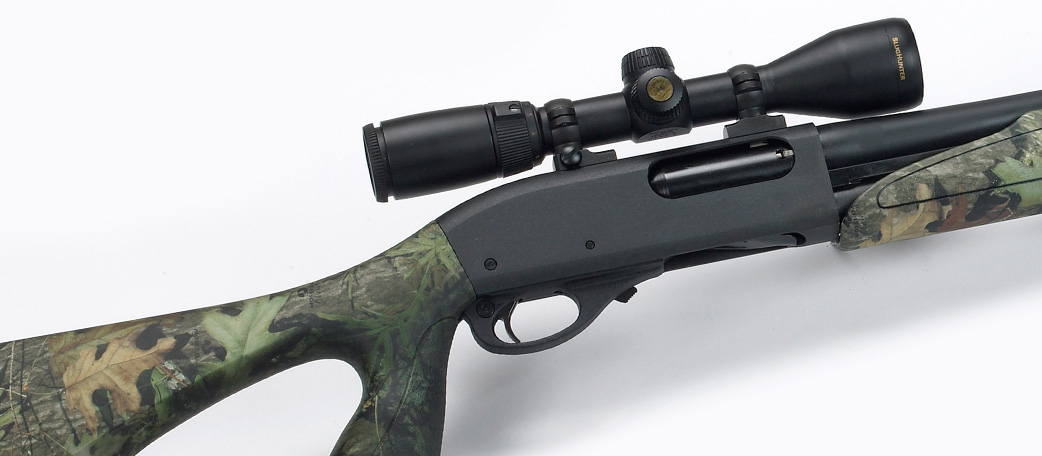
TarHunt built its first prototype slug gun in 1987 and began the manufacture of our first production model in 1990. Between that time and the present the one factor that has become the most evident is that our guns are not magic for the shooter.
Yes, our slug guns will shoot 1 inch groups, but only if the shooter…
- Can find a good lot of slug ammunition;
- Has a good rest to shoot off of and has spent the time necessary to learn how to shoot well off of it;
- Can find a telescope that will continue to work for more than 100 rounds. Most slug gun shooters cannot tell when a scope has gone bad;
- It is an excepted practice that rifles are zeroed (sighted-in) at 100 yards and then checked at 200 and 300 yards ONLY because of their higher velocity. However, Slug/guns (under 1800fps) need to be zeroed at 50 yards to remove all but a 2% chance of having any left or right turned into the scope. Then check your point of impact at 100 and 150 yards if you must, but if you then turn the adjusters again, all you are doing in turning in the wind for the day. As slug accuracy moves us ever closer to 200yd hunting accuracy, it becomes more important than ever to have the gun zeroed LEFT & RIGHT. If you try and use a 100 yard zero; your actual zero could be off as much as 1-foot at 100yds and over 2-feet at 200yds during the fall winds of hunting season;
- The amount of drop is constant on this planet so you drop can be easily be calculated how high above your aiming point that the group needs to form at 50 yards for whatever yardage you wish to zero the gun at, without a false reading from the wind;
- Will spend the time to learn the intricacies of shooting slugs at 100 yards. For example, AT 100 YARDS, a 10 mph crosswind moves a slug 5 to 6 inches at 100 yards. A tail wind causes the impact point of a slug to move up so it looks like it is shooting flatter then it really is, a head wind will move the impact point down more then what the drop is supposed to be. It is evident then, that slug movement of 5 to 7 inches at 100 yards is not uncommon. To take this even a step further, a 15 to 17 mph cross wind, typical of what one might encounter during a November/December deer hunt, will move a slug 9 to 11 inches at 100 yards, near 24 inches at 150 yards, an even 30 inches at 200 yards;
- Remembers to always use a range-finder prior to taking any shot longer than 125 yards;
[/vc_column_text][/vc_column][/vc_row]